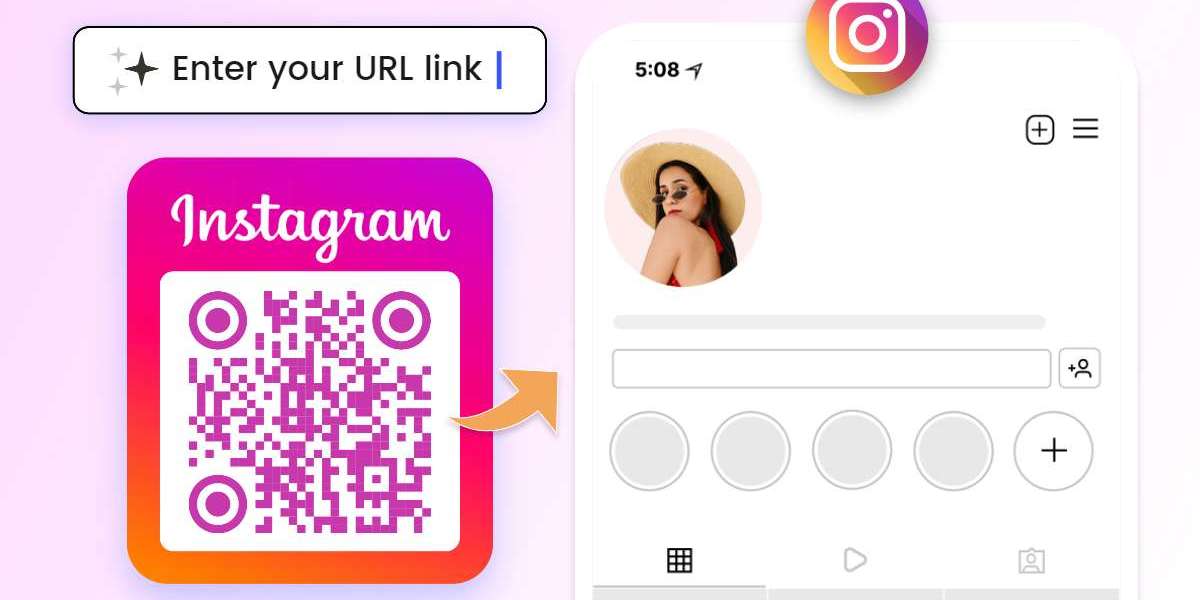Introduction
The Evolution of Influencer Codes in a Dynamic Digital Landscape, In the realm of digital marketing, influencers have become the driving force behind brand promotion and consumer engagement. As social media platforms continue to evolve, so too do the strategies employed by influencers to connect with their audiences. One such strategy that has gained prominence in recent years is the use of influencer codes – unique discount or referral codes provided by influencers to their followers. These codes not only facilitate transactions but also serve as a means of tracking the effectiveness of influencer marketing campaigns. However, as the digital landscape continues to shift, the future of influencer codes is subject to change. In this article, we will explore the evolution of influencer codes and speculate on their future trajectory.
The Rise of Influencer Codes
Influencer marketing has emerged as a powerful tool for brands looking to reach their target audiences in authentic and engaging ways. By partnering with influencers who have built loyal followings on social media platforms such as Instagram, YouTube, and TikTok, brands can tap into the trust and influence that these individuals wield over their followers. One of the key tactics employed in influencer marketing is the use of unique codes provided by influencers to their followers.
These influencer codes typically offer discounts on products or services, incentivizing followers to make a purchase while also providing a tangible benefit to the influencer in the form of a commission or kickback. This symbiotic relationship benefits both parties – brands gain exposure to new audiences and drive sales, while influencers earn income and strengthen their relationships with their followers.
The Effectiveness of Influencer Codes
From a marketing perspective, influencer codes offer several advantages. Firstly, they provide a measurable way to track the success of influencer marketing campaigns. By monitoring the usage of specific codes, brands can gauge the level of engagement generated by individual influencers and assess the ROI of their partnerships.
Secondly, influencer codes create a sense of exclusivity and urgency among followers. By offering limited-time discounts or special promotions, influencers can motivate their audience to take action quickly, leading to higher conversion rates and increased sales for the brand.
Furthermore, influencer codes foster a sense of trust and authenticity. Followers are more likely to make a purchase based on a recommendation from someone they admire and trust, especially when accompanied by a personalized discount code. This personal touch helps to humanize the brand and strengthen the bond between the influencer and their audience.
Challenges and Opportunities
While influencer codes have proven to be an effective marketing tool, they are not without their challenges. One of the primary concerns is the potential for fraud and abuse. As influencer marketing has grown in popularity, so too have instances of fake followers, inflated engagement metrics, and fraudulent activity. This can dilute the effectiveness of influencer codes and erode trust among consumers.
To combat this issue, brands and platforms must implement robust verification processes and algorithms to detect and prevent fraudulent activity. Additionally, influencers themselves must be vigilant and transparent in their practices, ensuring that their audience trusts the authenticity of their recommendations.
Another challenge facing influencer codes is the saturation of the market. With so many influencers vying for attention and partnerships, it can be difficult for brands to stand out and make meaningful connections with their target audience. This has led to a shift towards micro and nano influencers – individuals with smaller but highly engaged followings – who may offer greater authenticity and niche appeal.
Despite these challenges, the future of influencer codes holds immense potential. As social media platforms continue to innovate and evolve, so too will the strategies and tactics employed by influencers and brands alike. From the rise of new platforms such as Clubhouse and TikTok to the integration of augmented reality and virtual reality experiences, the possibilities for influencer marketing are virtually limitless.
The Future of Influencer Codes
Looking ahead, we can expect to see several key trends shaping the future of influencer codes. Firstly, there will be a greater emphasis on authenticity and transparency. As consumers become more discerning and selective about the content they engage with, influencers will need to demonstrate genuine passion and expertise in the products and brands they promote. This will require greater collaboration and alignment between influencers and brands to ensure that messaging is authentic and resonates with the target audience.
Secondly, we can expect to see a shift towards more personalized and interactive experiences. With advances in technology such as AI and machine learning, brands will be able to create highly targeted and customized campaigns that cater to the unique preferences and behaviors of individual consumers. This may include personalized discount codes based on past purchase history, interactive quizzes and polls to solicit feedback and preferences, and immersive experiences that blur the line between content and commerce.
Finally, we can expect to see influencer codes integrated more seamlessly into the overall shopping experience. As social commerce continues to gain traction, platforms such as Instagram and Facebook are increasingly incorporating shopping features directly into their apps, allowing users to discover and purchase products without ever leaving the platform. This presents an opportunity for influencers to create frictionless shopping experiences for their followers, driving conversions and sales in real-time.
Conclusion
In conclusion, influencer codes have become an integral part of the digital marketing landscape, offering brands a powerful way to reach and engage with their target audience. While there are challenges and uncertainties on the horizon, the future of influencer codes holds immense promise. By embracing authenticity, personalization, and innovation, influencers and brands can continue to leverage the power of influencer marketing to create meaningful connections and drive results in the ever-evolving digital landscape.








